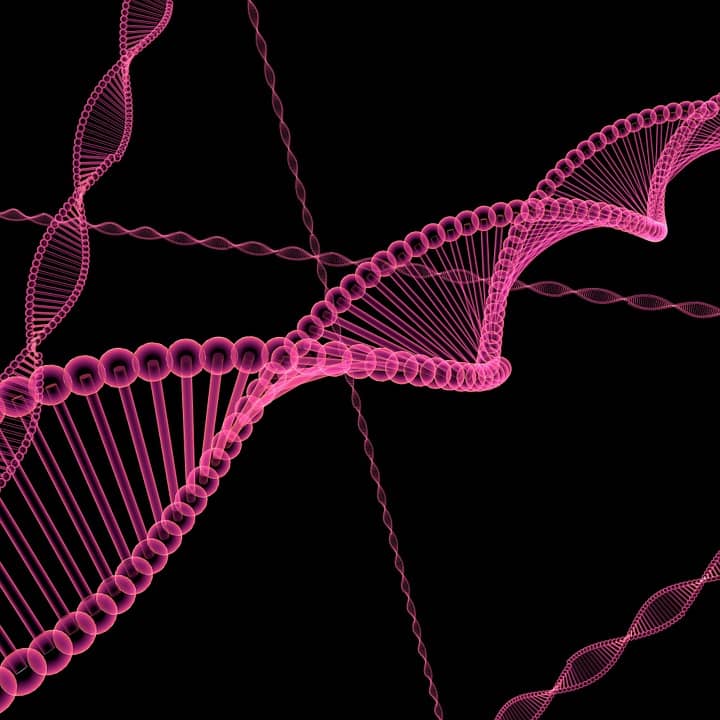By Rachel Whetstone from In The Cloud Copy
New research from Lancaster University shows a genetic change that is common in cases of both autism and Tourette’s syndrome. Early research shows that ketamine may have an impact on the disorders, although better treatments may be available in the future.
Autism Spectrum Disorder
Autism is a developmental disorder which can cause difficulties with communication and social interaction. Patients often display repetitive behavior with some experiencing a lot of anxiety with changes in routine. Many are not able to fully communicate verbally. Some people with autism will need support throughout their lives.
Tourette’s Syndrome
Tourette’s syndrome is a condition that can cause a person to make uncontrolled movements and sounds, which are called tics. Common tics can include sniffing, coughing, eye blinking, throat clearing, and facial movements. Vocalizations can include sounds or words, which can sometimes be inappropriate. The disorder can cause the person discomfort and anxiety in social situations. There is no known cure, but treatments can be helpful in managing the disorder.
Similarities in Both Conditions
There may be a genetic link between both disorders.
A genetic deletion that is known as chromosome 2p16.3 deletion can cause developmental delays and learning difficulties. Children with this genetic deletion are around 20 times more likely to have Tourette’s syndrome and 15 times more likely to present with autism. However, the mechanisms that cause the disorders to develop are not yet completely understood.
Brain imaging studies show that Neurexin1, the gene impacted by 2p16.3 deletion, impacts brain function. The genetic deletion interferes with the thalamus and affects its ability to share information with other areas of the brain. The Neurexin1 gene creates a protein that helps neurons to transmit communications inside the brain.
Both disorders were also found to have changes in the brain regions that process sensory information, as well as the areas that are involved in memory and learning.
Ketamine Can Improve Function
There are limited treatments for both disorders, and researchers are seeking new treatments.
A low dose of ketamine, a drug which has been used at higher doses for anesthesia, has been found to improve the brain function in cases affected by the 2p16.3 genetic deletion. It’s possible that related drugs may have a similar effect, although further studies are still needed.
Ketamine was particularly effective for improving cognitive and motor problems for people with autism or Tourette’s. It functions to restore normal activity in the thalamic regions of the brain and helps to connect those regions to other parts of the brain.
Better Treatments May be on the Horizon
Although ketamine was found to be effective, it may not be the best drug for treatment of the disorders. Side effects for people with the disorders, as well as the consequences of long-term usage, have not been fully studied. Ketamine also doesn’t last very long in the body, which means it would require frequent doses. However, the effectiveness of the drug gives researchers a new direction for development of other treatments.








